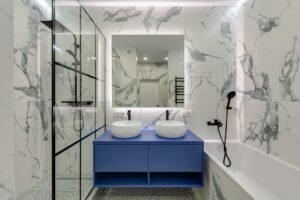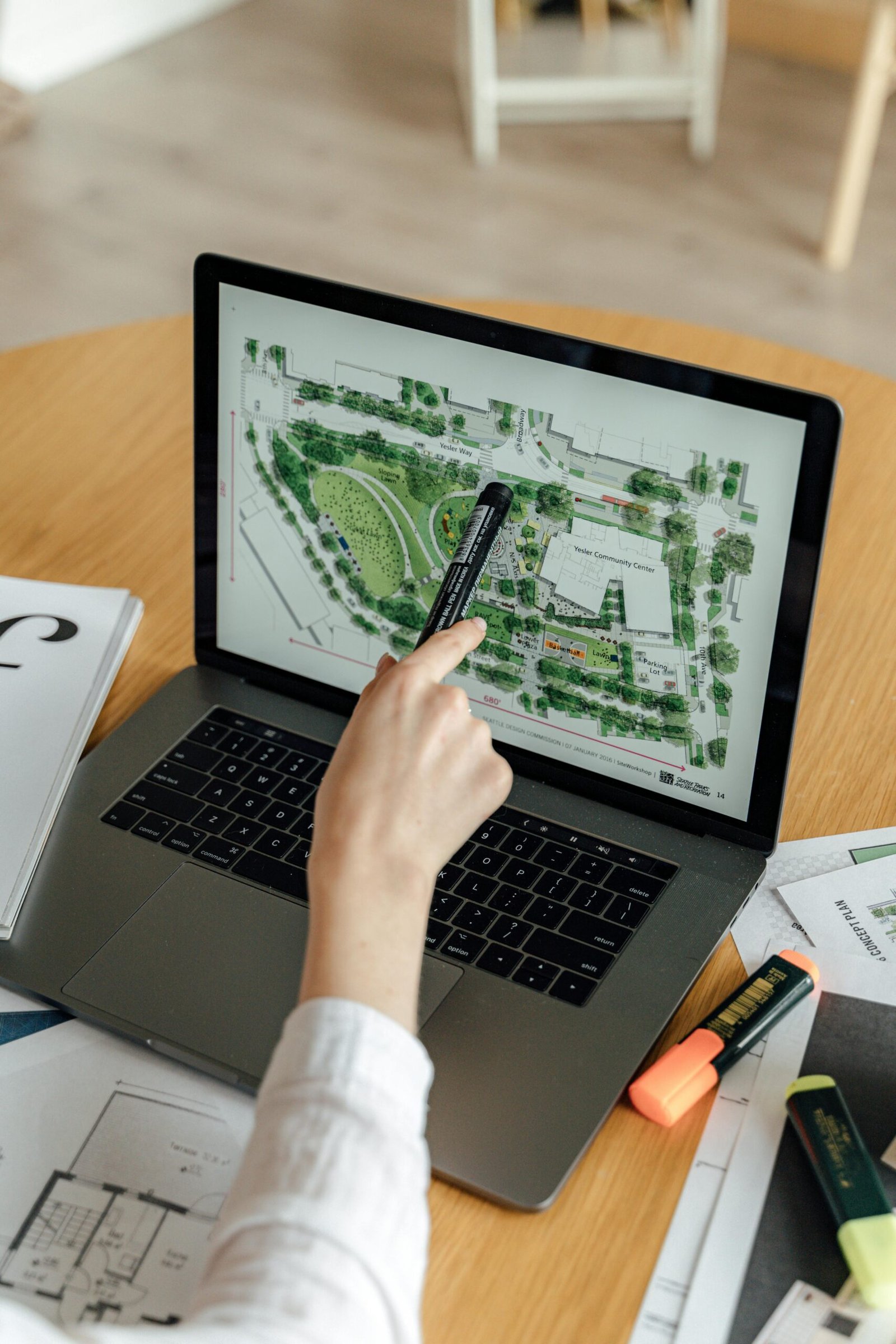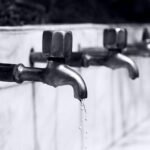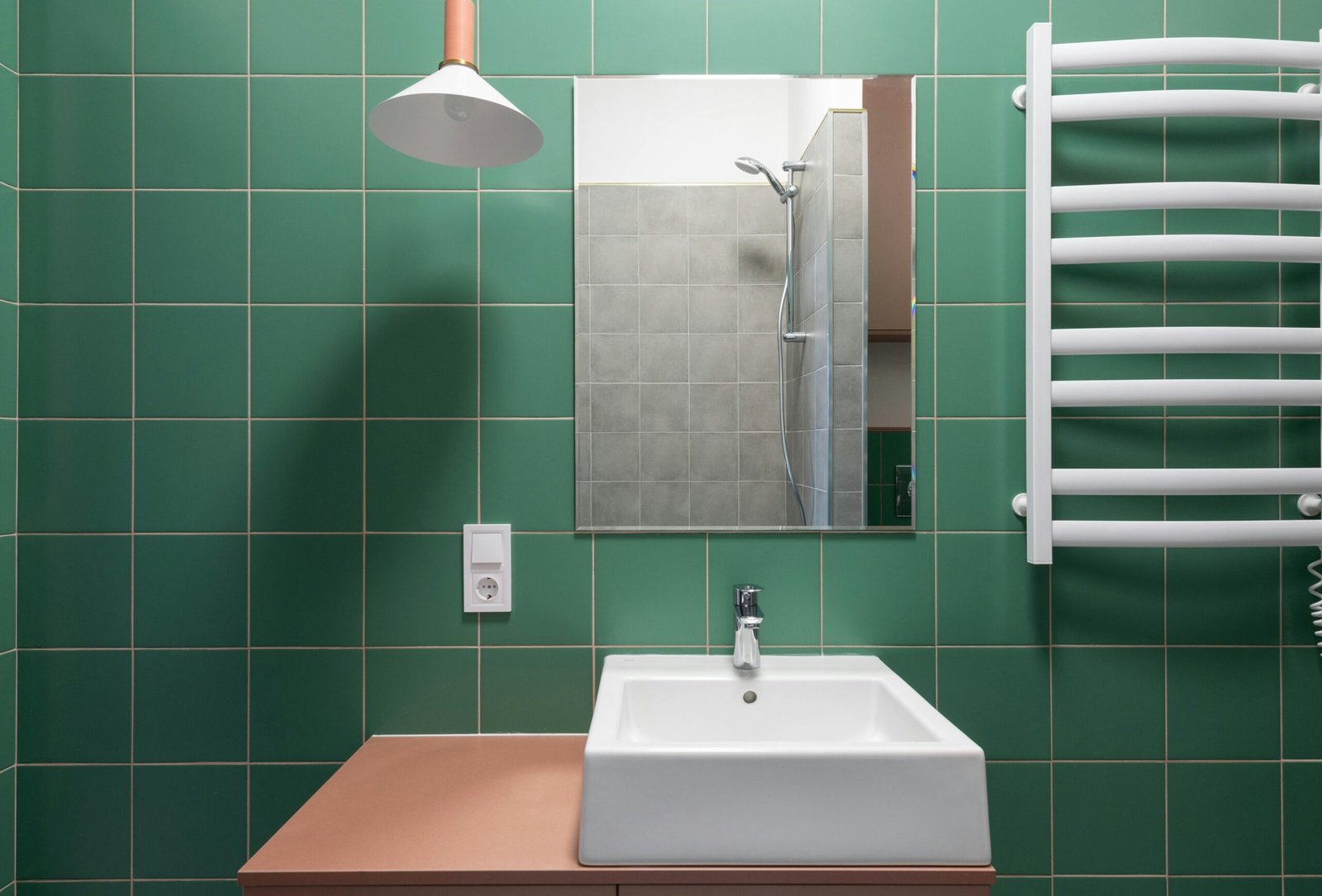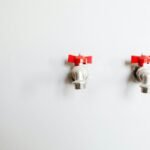Contents
ToggleInnovations in Plumbing Technology
The plumbing industry is undergoing a remarkable transformation, driven by a surge of innovative technologies that are enhancing efficiency, sustainability, and overall performance. Key factors influencing the future of plumbing:
1. The Rise of Smart Plumbing
Smart plumbing devices are empowering homeowners and building managers with unprecedented control and insight into their water systems.
- Leak Detection Reinvented: Advanced sensors detect leaks instantly, sending immediate alerts to smartphones. This proactive approach minimizes water damage and costly repairs.
- Water Usage Under Control: Smart water meters provide real-time data on water consumption, enabling users to track usage patterns, identify leaks, and implement water-saving measures.
- Temperature Precision: Smart thermostatic controls optimize water temperature based on user schedules and preferences, enhancing comfort while minimizing energy consumption.
- Automated Protection: Automatic shutoff valves provide an additional layer of protection, automatically closing off water flow in the event of a leak, significantly reducing the risk of water damage.
2. Prioritizing Water Conservation
Water conservation is a critical focus for the plumbing industry. Innovative technologies are playing a vital role in addressing the growing demand for water resources:
- Efficient Fixtures: Modern fixtures, such as low-flow faucets, showerheads, and toilets, incorporate advanced technologies like aeration to reduce water flow without compromising performance.
- Dual-Flush Toilets: These toilets offer a dual-flush option, allowing users to select a lighter flush for liquid waste, significantly reducing water consumption.
- Greywater Recycling: Greywater recycling systems utilize treated wastewater from sinks and showers for non-potable purposes like irrigation and toilet flushing, minimizing fresh water consumption and reducing wastewater generation.
- Harnessing Rainwater: Smart controls can optimize collection and utilization, maximizing water-saving benefits.
3. Advanced Materials and Techniques
New materials and innovative installation methods are revolutionizing plumbing practices:
- PEX Piping: Flexible and Resilient: Cross-Linked Polyethylene (PEX) piping offers superior flexibility, resistance to corrosion and freezing, and ease of installation, making it a popular choice for residential and commercial applications.
- Composite Pipe Solutions: Combining the strengths of different materials, such as PEX and aluminum, composite pipes offer enhanced durability, flexibility, and lightweight properties, simplifying installation and maintenance.
- Trenchless Technology: Minimizing Disruption: Trenchless technology allows for pipe installation and replacement without extensive excavation, minimizing disruption to landscapes and urban infrastructure, especially in densely populated areas.
4. The Power of 3D Printing
3D printing is poised to revolutionize plumbing production and customization:
- Customized Fittings: 3D printing enables the creation of unique and customized pipe fittings, tailored to specific project requirements, reducing waste and minimizing production time.
- Rapid Prototyping: 3D printing facilitates rapid prototyping of new designs and components, enabling faster testing, refinement, and implementation of innovative plumbing solutions.
5. Digital Design and Collaboration
Digital technologies are transforming the design and installation processes, enhancing accuracy and improving collaboration:
- Building Information Modeling (BIM): BIM software allows for the creation of detailed 3D models of plumbing systems, facilitating better coordination between architects, engineers, and contractors, and minimizing costly errors during construction.
- Immersive Technologies: Virtual Reality (VR) and Augmented Reality (AR) technologies enable plumbers to visualize plumbing systems in 3D before installation, enhancing understanding, improving training, and minimizing potential on-site issues.
Conclusion
From smart devices that provide real-time insights to advanced materials that enhance durability, these innovations are shaping the future of plumbing and ensuring that our water systems are more efficient, reliable, and sustainable.


